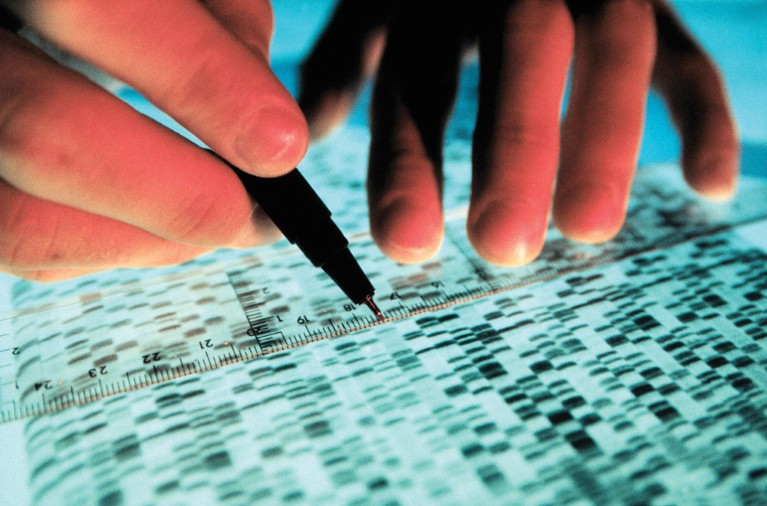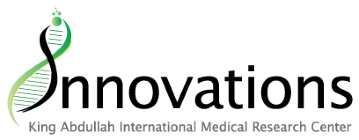
Advances in genetic screening are critical for diagnosing extremely rare cases of Leigh syndromeDECO IMAGES II / ALAMY STOCK PHOTO
Leigh syndrome is a severe genetic disorder that leads to potentially fatal respiratory failure, brain abnormalities and loss of muscle strength. In most cases, enzyme defects are thought to cause the disease by interfering with the body’s ability to produce energy in the mitochondria. Around one in36,000 people are born with the condition.
Now, a case study of two siblings, both who died within two days of birth, has led to the first report of a rare mutationthat shuts down a key enzyme called short-chain enoyl-CoA hydratase (SCEH).
Encoded by the ECHS1 gene, SCEH plays an essential role inconverting fat into energy for healthy development, and has only recently been investigated in the context of Leigh syndrome.
Previous studies had revealed different Leigh syndrome-causing mutations in the ECHS1 gene, carried by either the father or the mother. However, for the first time, researchers at KAIMRC, in collaboration with King Faisal Specialist Hospital and Research Centre in Riyadh, identified a novel homozygous variant (carried by both parents) that causes a lethal phenotype of this condition.
“Given the consanguineous nature of the parents andapparent recurrence of the same condition, we assumed itis caused by a shared homozygous ancestral mutation,” saysFuad Al Mutairi, a clinical geneticist at KAIMRC.
At first, despite extensive analyses using “all commerciallyavailable next-generation sequencing genetic tests”, Al Mutairi says that the mutation remained undetected. By repeatedly ‘zooming in’ on the shared genomic region between the two children using exome sequencing, a technique that targets protein-coding portions of the genome, the researchers were able to pinpoint a singlehomozygous variant of the ECHS1 gene.
A disruption in “just one step of a common pathway of metabolism can lead to big changes in our bodies,” saysAl Mutairi. “In this rare case, there was severe damageto protein synthesis, which affected the whole gene functionand stopped enzyme activity.”
The study highlights the limitations of conventional genetic screening techniques, and the need for advances in bioinformatics and wider availability of population- based genomic data. To this end, the Saudi Human Genome Project, a growing resource for population-based genomic data, will play a central role in enhancing the discovery of gene–disease associations.
“Knowing the cause and understanding the pathophysiologyof the disease gives hope in other cases where therapeutic options may be available,” says Al Mutairi. “Identifying the genetic defect as a first step can be enormously helpful for families in order to prevent recurrence of the disease.”


